 What Telescope Should I Buy?
What Telescope Should I Buy?
I get asked this question regularly. I wish I could just say “learn enough about telescopes and the night sky so you can answer that question yourself,” but that advice is ignored because it is unsatisfactory. If you press me for an answer, this is what you’ll get.
Half of this is from guest blogger Keith Enevoldsen (my dad!) who didn’t know he was writing for this blog when he wrote these words, but it is sound advice and well worded.
Your First Telescope:
Whatever you do, don’t buy a scope that “looks like a telescope.” What I mean is, if it looks like a long thin tube, or you can picture Galileo using it, it’s the wrong thing. You want something short and fat. “Willowy,” “elegant,” and “sleek” are not the right words to describe the right telescope.
Price:
Telescopes less than about $200 generally have poor optics. If you want to go much below about $200, then get some quality binoculars instead.
AstroScan:
My favorite beginner telescope is the Astroscan from Scientifics. It is about $200. It’s cute and fun and simple. It has a very wide field of view (as opposed to very high magnifying power) and a ball-shaped bottom, so you can point it by simply moving it with your hands — no fiddly knobs and no computer to figure out. It’s easy to take camping where skies are dark. You just plop it on the ground or on a table or on the hood of your car. You can get a tripod for it if you want one, but you don’t need one.
Orion StarBlast:
The other decent scope in that price range is the Orion StarBlast. It’s basically an AstroScan in a different shape. The mount is very easy to manipulate – just grab and point. It has a more complex finder-scope on the side than the AstroScan, which means it’s easier to mess up, but it is also slightly easier to use than the AstroScan’s sight.
I also have to admit that Orion got me with this one. They donated a StarBlast to PSC. I was quite skeptical at first, since I love the AstroScan, and I didn’t believe that anything could measure up. After I used it a few times I was sold. It’s a good scope. If I were buying a new scope, I’d buy an AstroScan, but this would be a close second.
Both of these scopes are compatible with all the normal-sized eyepieces available on the market. Most telescopes you get from a department store use a different sized opening, so you need to use their eyepieces, and you can’t slowly upgrade over time.
Binoculars:
Good binoculars and a tripod are usually the best option for beginning stargazers, but the scopes we mentioned are pretty close to just as good. We use the Meade Travelview 7x50s (about $30) here at Pacific Science Center, though anything that seems decent will work – even little birding binocs. If you want to be a little bit careful about your binoculars, get a pair of 7x50s from a company that you’ve heard of.
What’s Good for Beginners To Look At:
Remember, the Moon is by far the best thing to look at in the sky. The Moon looks huge and fantastic with a wide-field telescope like the Astroscan — you can see the whole Moon and lots of craters. The Moon also looks pretty good through good binoculars. The Moon changes every day — you see different craters each day. You don’t need dark skies to see the Moon. You can see some other things with a backyard telescope (that you can’t see with binoculars), like the rings of Saturn, and nebulas, but almost everything is very tiny or very faint compared to the Moon.
If you want higher magnification, so you can clearly see the stripes on Jupiter, the icecaps on Mars, and the gap in the rings of Saturn, then you will have the problem of how to accurately point a telescope with high magnification, and how to continually move the telescope to counteract the turning of the earth. The best solution is to use a computer and a motor to point the telescope, but this gets expensive. But the cheaper manual fiddly knobs are a pain. Also, if you don’t use a computer to aim your telescope, you need to be sure you have a good finder scope mounted on the side.
This is why I recommend a wide-field telescope like the AstroScan (or good binoculars) for beginners.
Want More?
Sky and Telescope’s advice:
Basics of Telescope Buying
Buying a Telescope as a Gift

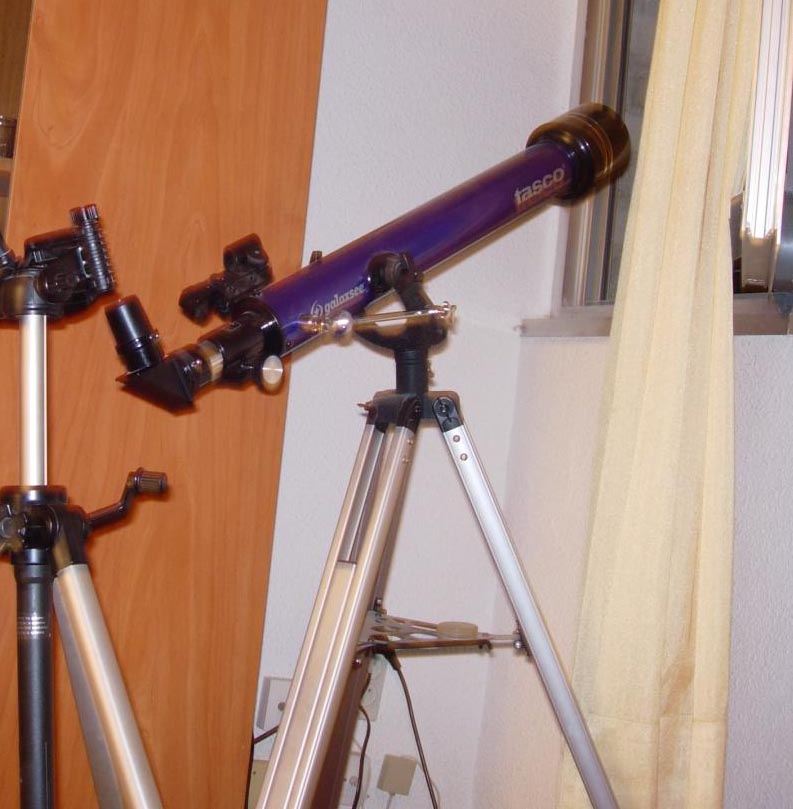
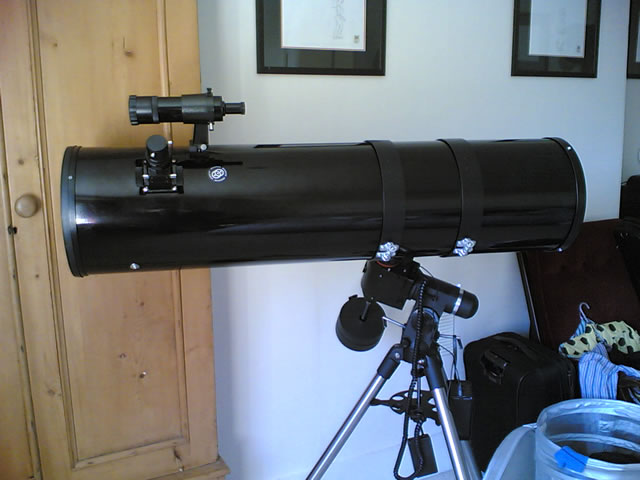
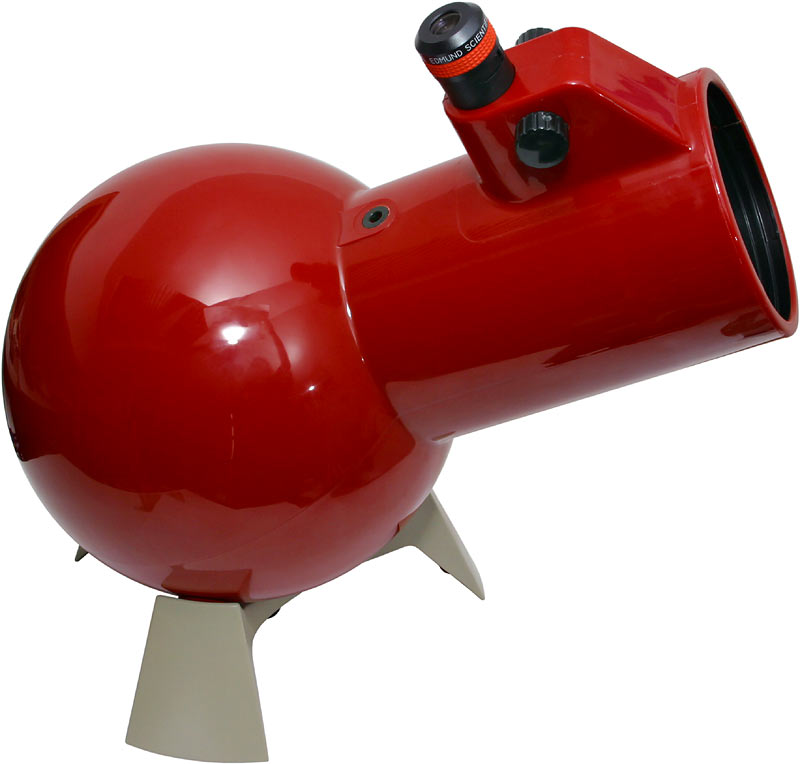
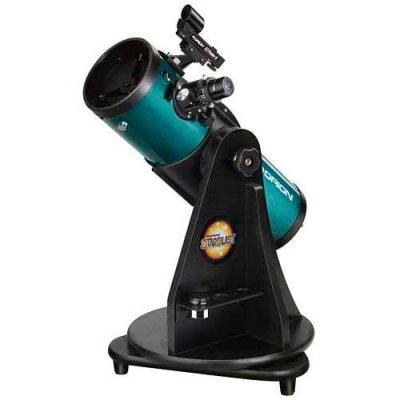
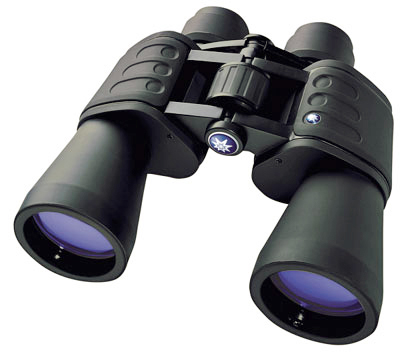




For me, you must buy a telescope that is suitable and what is your desired telescope. The advices of your father is detailed. This could also help others of giving them an idea on what type of telescope should they buy..Nice post.
StarBlast 4.5 EQ and AstroView 100 EQ are in a different oitcpal design catagory. In short, both are rich field telescope with focal ratios at f/4.0 and f/6.0 respectively. If your intention is more toward visual observing, a newtonian reflector will fall in your best selection. For visual observing, there are planetary and deep-sky objects to view and may not necessary to have a bit technical equatorial mount. Once a decent magnification is applied, it reveals a clear image with details. And of course, the bigger aperture the better clarity it results.